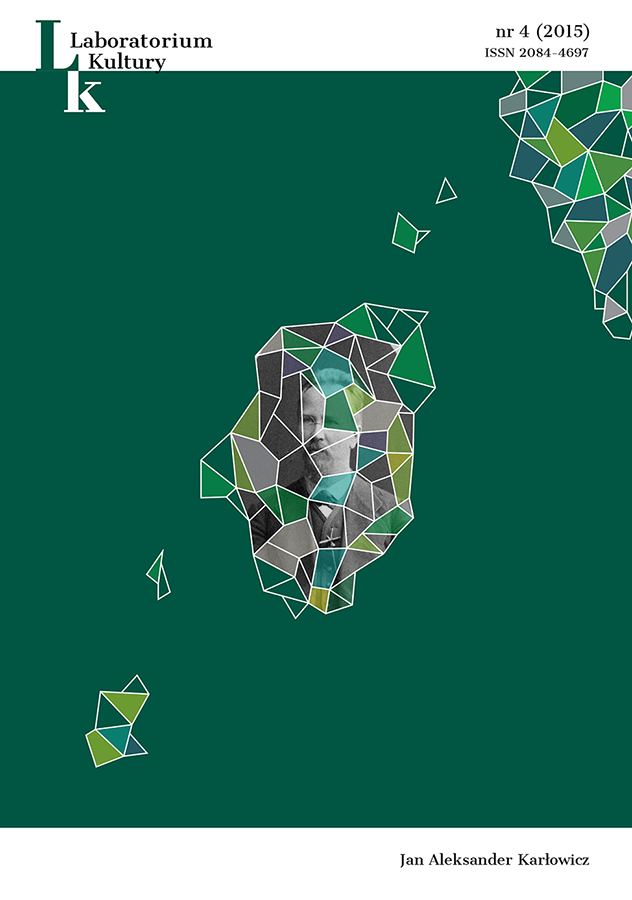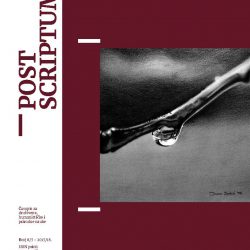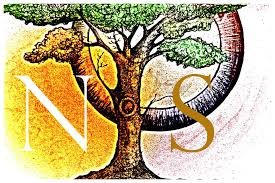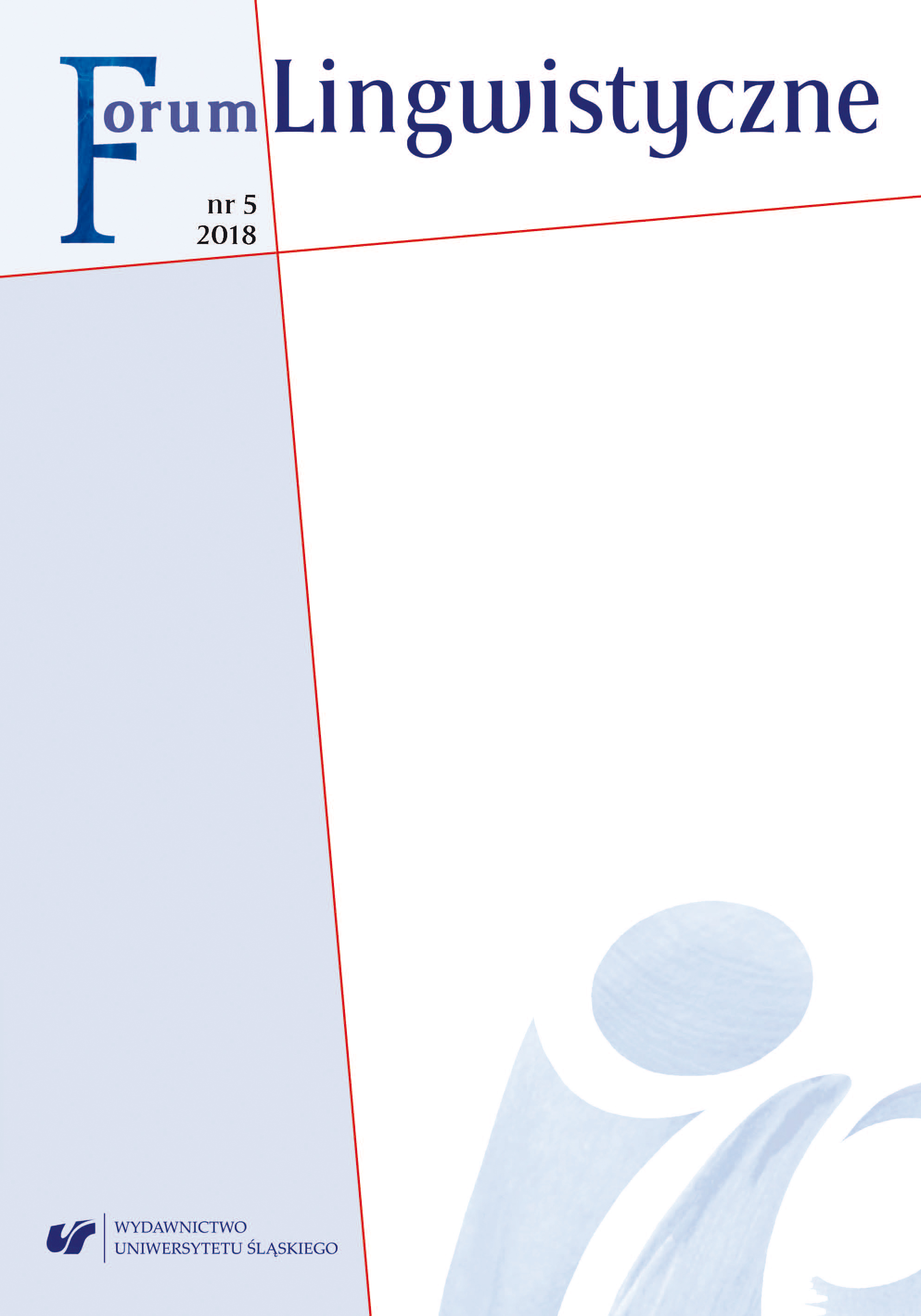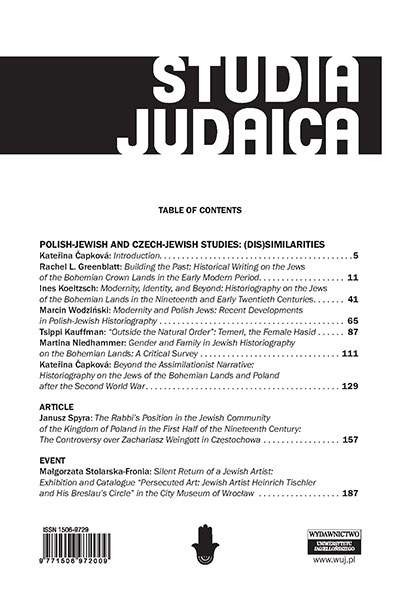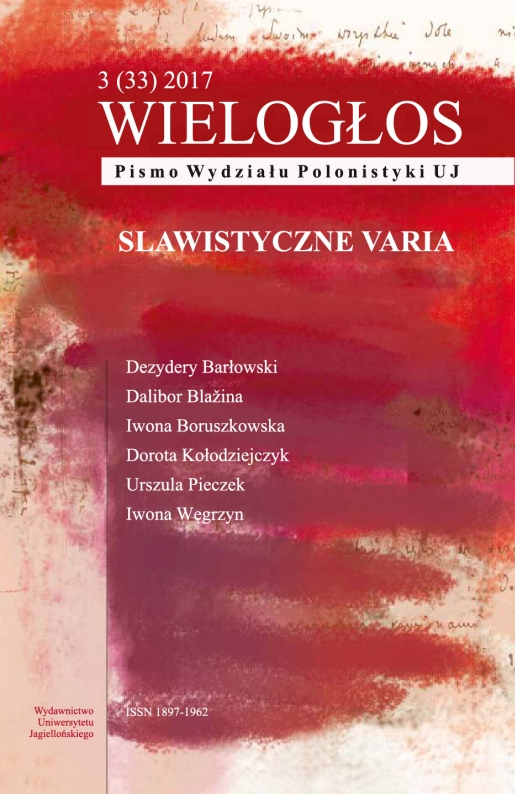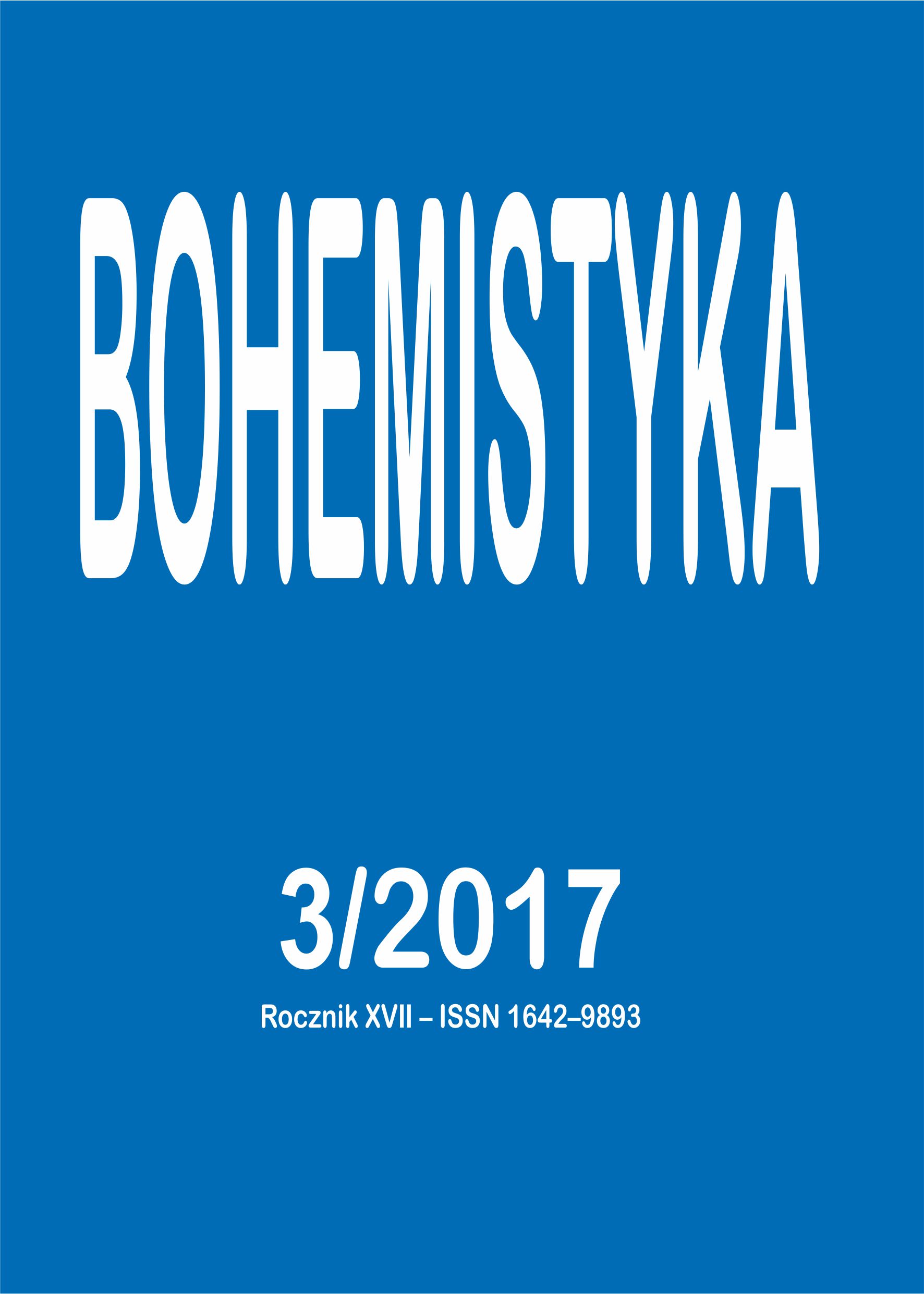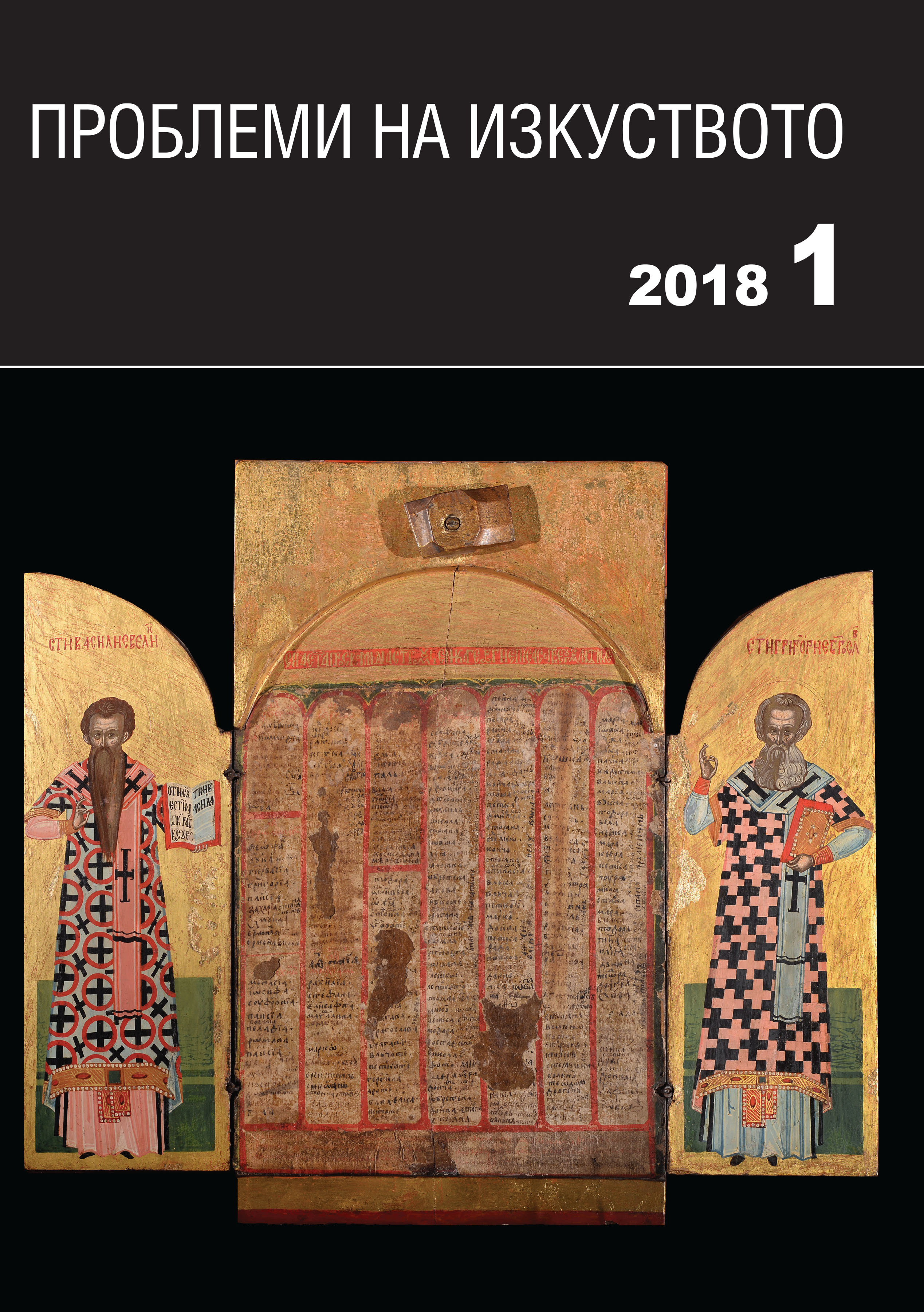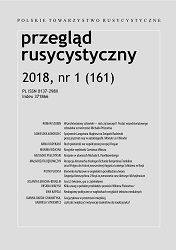Author(s): Krystyna Kleszczowa / Language(s): English
Issue: 5/2018
The author discusses the topic of genesis of the masculine personal gender, which has been touched upon numerous times in Polish linguistic literature, but the concepts presented have not always been sufficiently cogent. She suggests that we take a closer look at the ways the problem of gender agreement in multiple-gender groups is solved. The historical material allows us to point to the following methods:
1. in strings a verb in the singular was employed, with only the first element of the group being obliged to reach gender concord (for example, aże ciało w nim puchnęło i ręce, i około serca. ŻywAm 65),
2. in attributive elements, the attribute related to all elements, including the ones not specified on the surface (for instance, kolżdy brat i siostra mają się modlić za duszę jego. Reg XIX 14),
3. nominal or pronominal generalisation, accompanied by enumeration (e.g. A to jest podobieństwo utrapienia: uciski, nędze, śmierć i potym zmartwychwstanie i żywot wieczny. GrzegŚm 37),
4. a verb was elided (when an existential predicate was involved) (as, for example, in Wskazał jemu płomień, gdzie światłość i ciemność, smętek i płacz, i ciężkie wzdychanie. XV ex. Zab. 356),
5. employing a prepositional phrase + the instrumental case – then the predicate was in the singular (Jako się Stachna i s mężem zaprzała swego pana. Roty 120).
Additionally, the research confirmed that in the oldest language relics, if the subject was “multigendered,” the masculine gender was highlighted, something that had a strong systemic motivation. The aforementioned thesis can be confirmed at levels others than the inflectional one, for instance in word formation (cf. e.g. morphological means of moulding female names on the basis of male ones by employing derivative formants like -ka, -ica, -ina and others). It is significant, however, that derivatives stemming from masculine names embraced semantically both the male sex and the female sex (e.g. mistrzowski < mistrz, proroczy < prorok). This testifies to the fact that it was possible for the masculine form to refer to the female designation. The difference of sexes was also pertinent to the animal world; here also a masculine element constituted the centre of a derivational nest, although in these cases it was not always of importance. Oftentimes in such situations lexemic resources were employed (e.g. pies / suka).
It is interesting that up to the point when the masculine personal gender developed for masculine animal nouns, there were appearing both types of forms (e.g. ptaszki // ptaszkowie, węże // wężowie). The author, then, questions the thesis of the accusative origin of nominative endings in the plural by proposing that we consider the influence of mixed-gender groups on the development of the masculine personal gender. The analysis of endings for various genders clearly shows that the feminine gender is most expansive.
More...
